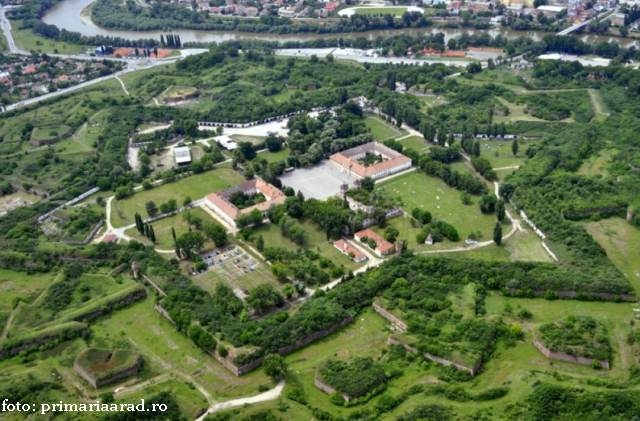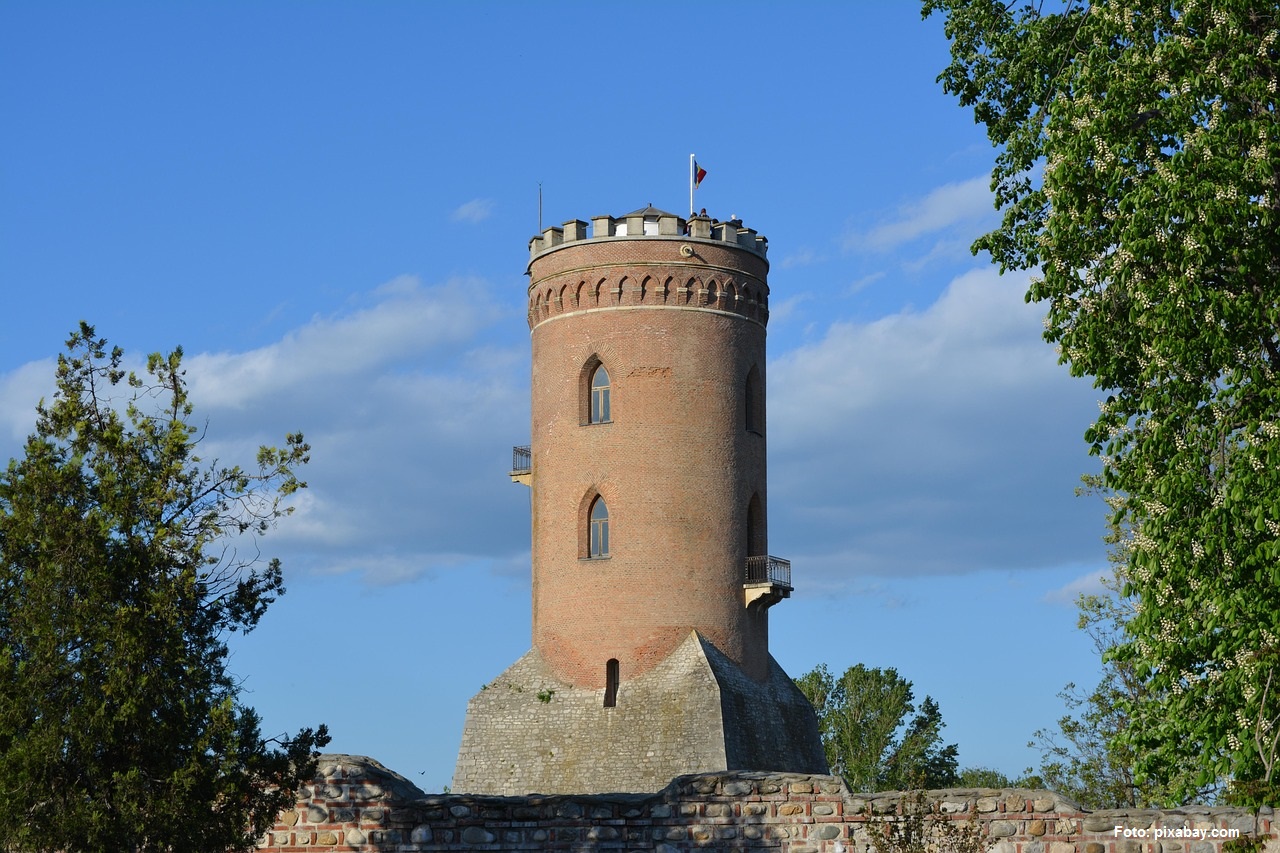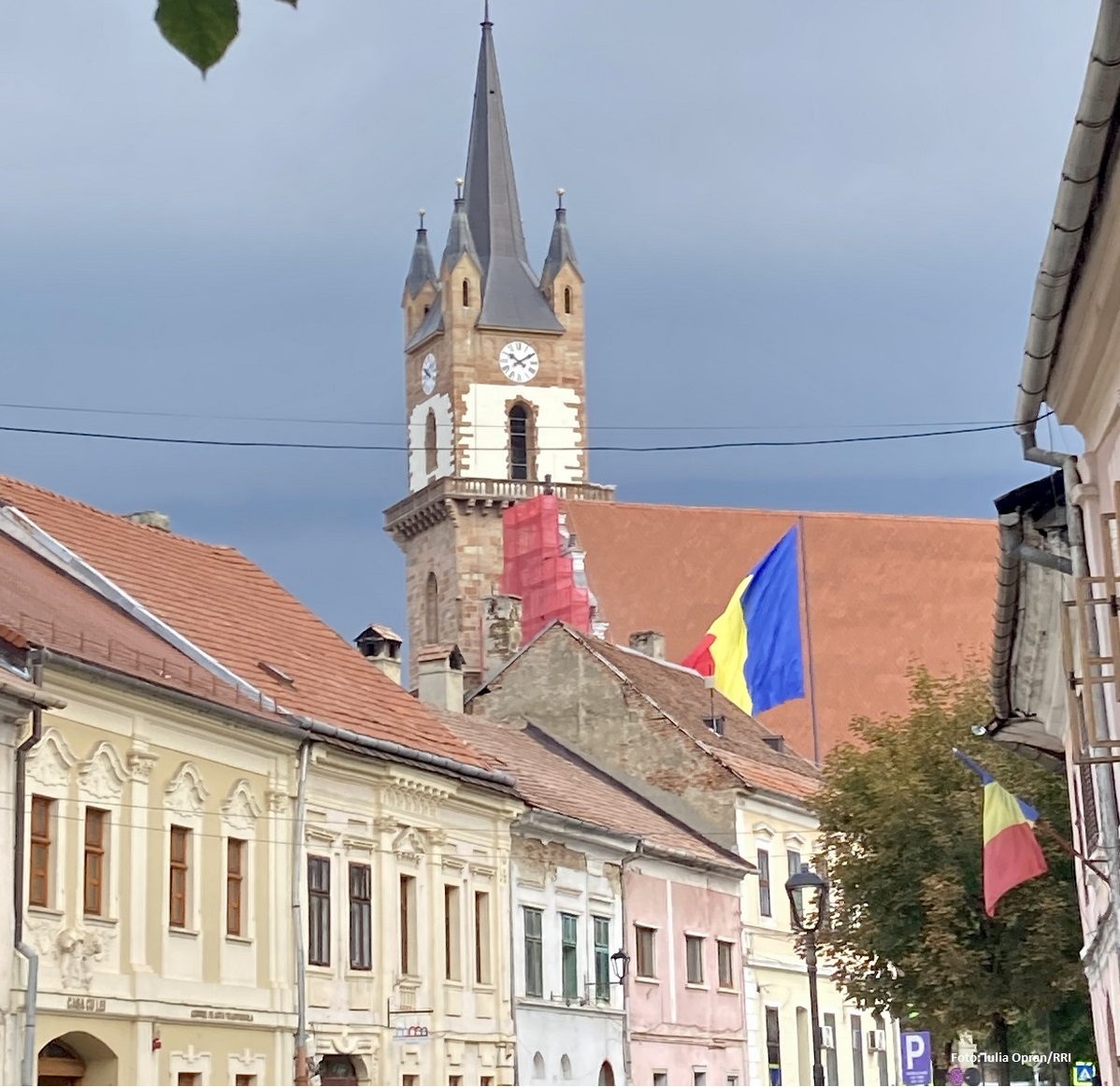Arad

Daniel Onea, 30.10.2019, 13:38
Today we travel to western Romania,
to the city of Arad. A place with a rich cultural and historical heritage, Arad
is a genuine outdoor architecture museum, boasting a variety of 18th,
19th and 20th architectural styles. The surroundings of
the city are just as interesting. But first, let’s find out more about the
history of Arad from its deputy mayor, Levente Bognar:
Arad is in fact Romania’s western
gate, a city open towards the west of Europe, a city where different ethnic and
religious groups live in harmony. It’s a multicultural city whose heritage is
based on the contribution of these different ethnic and religious communities.
The city’s beautiful and imposing buildings reflect its wealth and history going
back more than 200 years. Arad is at the same time a dynamic city, with an
industrial tradition. The first car in our region, called Marta, was built here
in Arad. I recommend visitors to the city to see the historical centre. They
will find here the imposing building housing the City Hall as well as the
recently restored Cultural Palace which hosts concerts by the city’s
Philharmonic Orchestra. But there are many more cultural sites worth visiting,
as well as many things to do for leisure. We hope that soon we will also be
able to open for visitors the fortress of Arad built between 1760 and 1780 and
which is still intact.
The Administrative Palace is no
doubt one of the most imposing buildings in Arad. Ralu Cotrau, the spokeswoman
of the Arad City Hall, says that in her opinion it is the most beautiful city
hall building in Romania, but she also recommends other places to visit:
Also in the city centre, visitors
will find the Ioan Slavici Classical Theatre and the Cultural Palace with its
breathtaking interiors. The 35m tall water tower is another interesting site,
especially as it provides a great view of the city. The tower also contains an
exhibition space covering five storeys. I also urge visitors not to miss the
city’s old buildings and palaces, especially those located on Revolution Boulevard:
Neuman Palace, the Palace of Justice and the Palace of the National Bank are
fine examples of eclectic and neoclassical architecture. The fortress of Arad,
a Transylvanian type fortress built in the Vauban style, and the House with Padlock,
also known as the House with Canon Balls, owing to the 17 cannon balls
incorporated into its walls, are also worth visiting.
Arad is also home to Baroque
churches such as the Monastery of St Simeon the Pillar Saint, the St Peter and
Paul Serbian Church and the Saint Anthony of Padua Cathedral built in a
neo-Renaissance style in 1904. Ralu Cotrau, the spokeswoman of the Arad City
Hall tells us more:
We also recommend tourists to visit
the Serbian Church, the Red Church, the Reconciliation Park, the Eugen Popa
Museum of Art and Ethnography, the Teachers College, which was home to the
first Romanian pedagogical school in Transylvania, and the Confectioner’s
Museum. Other sites worth a visit are the city’s old cathedral and the train
station, which has also been restored. Arad also has a lot to offer in terms of
cultural events, being home to over 100 different such events throughout the
year.
One of these events, which is very
popular with the locals, is the Christmas fair, which brings the whole city
centre to life. Given that the entire region around Arad is full of traditions,
the highlight of the fair will most likely be the traditional crafts. The
festival celebrating Arad’s anniversary is another popular event. It
commemorates the time when Arad became a free city and the festival, which is
held in August, lasts for ten days.
As we were saying in the beginning
of the programme, the surrounding area is no less interesting. Worth a visit is
the Museum of Vine and Wine in the village of Ghioroc, which displays over
50,000 bottles of wine of different ages and varieties such as Riesling,
Mustoasa, Feteasca, Burgundy, Cabernet and Merlot. The highlights of the
collection are a few bottles of Italian Riesling wine from 1962. The village of
Ghioroc is also home to the Museum of Electric Trams, which is no coincidence
given that this is where eastern Europe’s first and the world’s eighth electric
tram line was created. Rides are still organised today on the vineyard’s old electric
tram, known as the Green Arrow. Levente Bognar, the deputy mayor of Arad, is
back with more recommendations:
The vineyard of Arad is an
important wine-making region. A wine called Cadarca de Minis, which is specific
to these parts, is made here. Other quality wines are also produced and wine
tasting trips are organised for those interested. Visitors will also find
nearby the recently restored Mary of Radna Church, which is a place of
pilgrimage. Other attractions include a number of mediaeval fortresses. To the
north of the county visitors will find the Hodos-Bodrog monastery and the Gai
monastery, all of which are very close to Arad.
And that was Traveller’s Guide,
today’s instalment dedicated to the city of Arad was produced with the support
of the Department for Interethnic Relations in the Romanian Government.






























